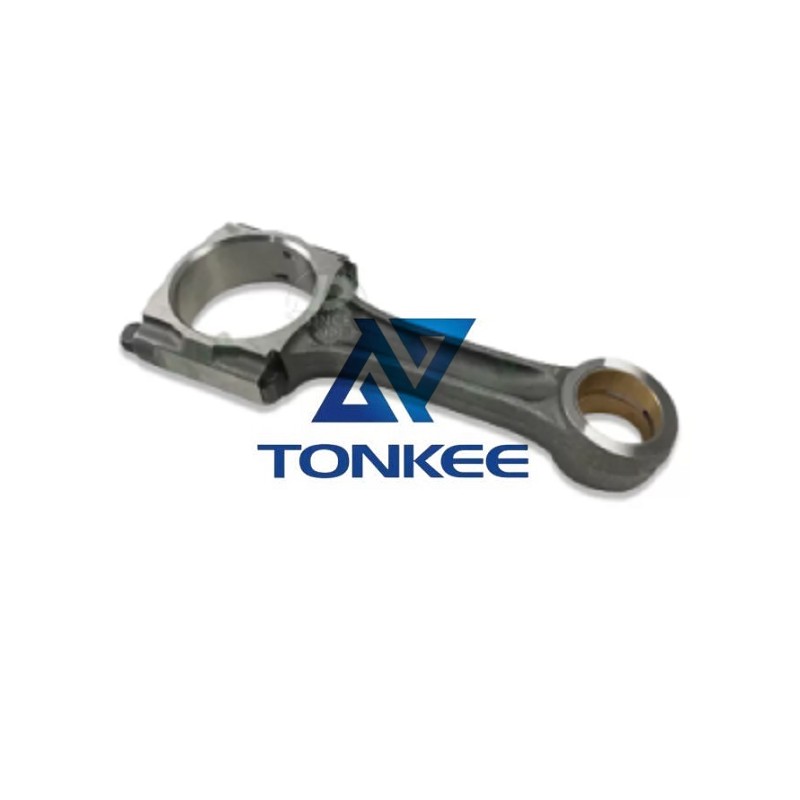
Material: The connecting rod is typically constructed from high-strength forged steel or alloy materials.
These materials are chosen for their durability, resistance to wear and heat, and their ability to withstand high mechanical stresses.
Length: The length of the connecting rod is carefully engineered to ensure precise piston movement and optimal engine performance. Deviations from the specified length can lead to issues such as poor fuel efficiency, increased emissions, and reduced power output.
Big End and Small End: The connecting rod has two ends—the big end and the small end. The big end is connected to the crankshaft journal, while the small end connects to the piston pin. The dimensions and clearances at both ends are crucial to maintain proper alignment and minimize friction during operation.
Bolts and Fasteners: Connecting rods are typically secured with high-strength bolts and fasteners. These fasteners must be torqued to precise specifications to ensure a secure and reliable connection between the connecting rod and other engine components.
Lubrication: Adequate lubrication is essential to reduce friction and wear in the connecting rod bearings.
Engines often use pressurized oil systems to deliver oil to the bearings, ensuring smooth operation and preventing damage.
Weight Balancing: Precision machining and weight balancing are essential to ensure that all connecting rods in the engine have nearly identical weights. This helps maintain engine balance and reduces vibrations, which can lead to improved performance and longevity.
Tolerance and Quality Control: Connecting rods are manufactured with tight tolerances to ensure consistent quality and performance. They undergo rigorous quality control processes to detect any imperfections or defects that could compromise their structural integrity.
The specifications of the connecting rod for Isuzu 6SD1 and 6BG1 excavator engines are critical to their performance and reliability. Any deviation from these specifications can lead to reduced engine efficiency, increased wear and tear, and potentially catastrophic engine failure. Therefore, when it comes to replacement or maintenance of connecting rods, it is crucial to adhere to the manufacturer's recommendations and use high-quality, OEM (Original Equipment Manufacturer) or equivalent parts.



 English
English Русский язык
Русский язык



